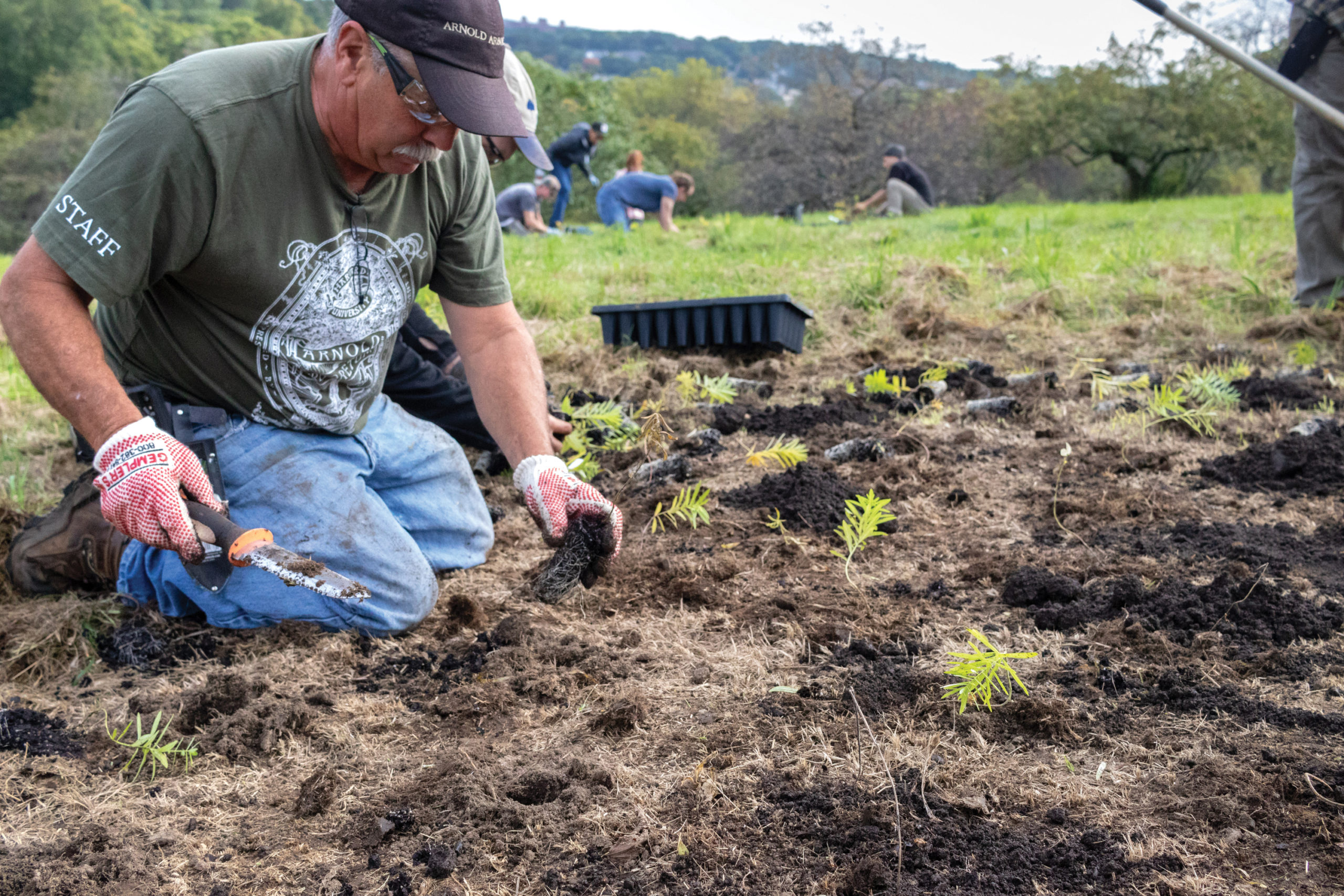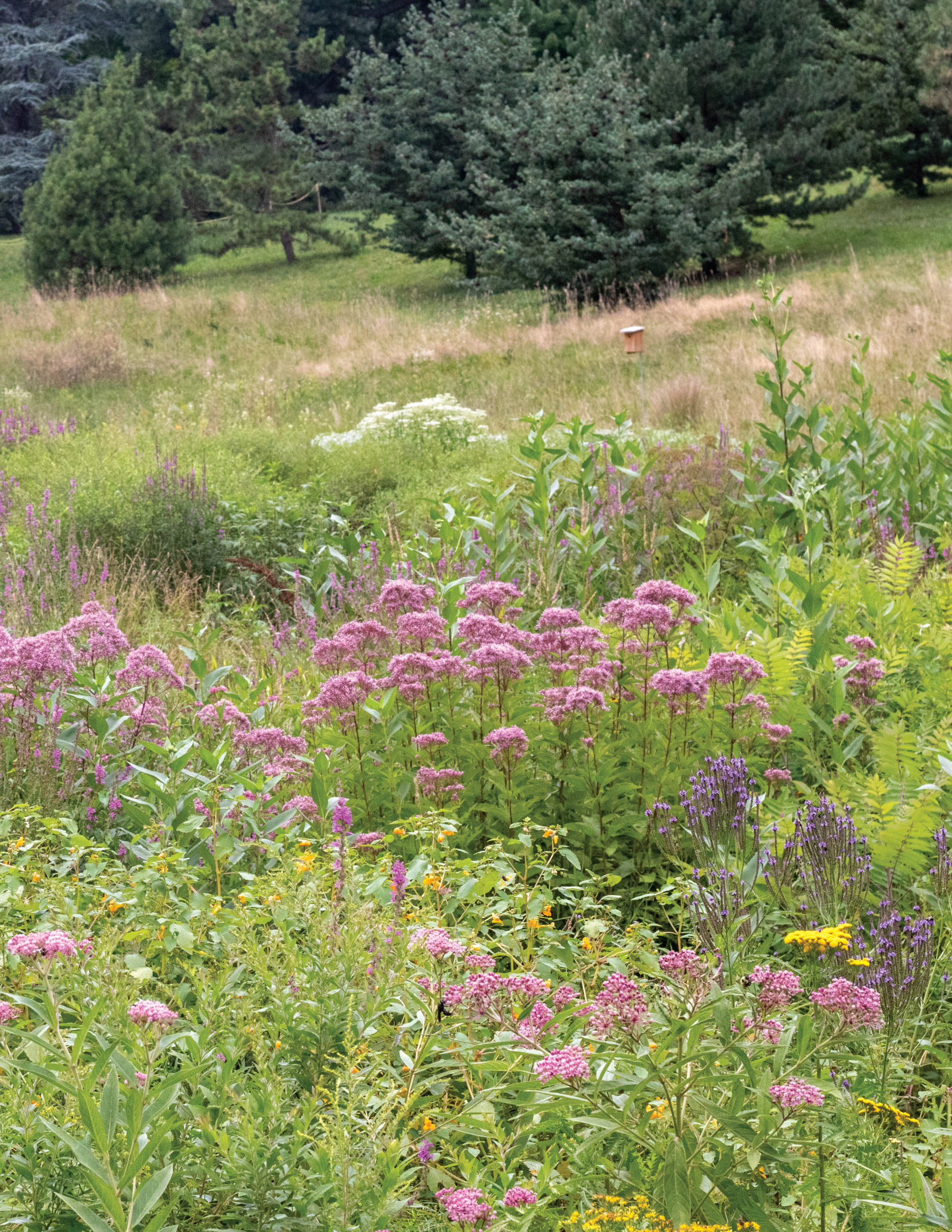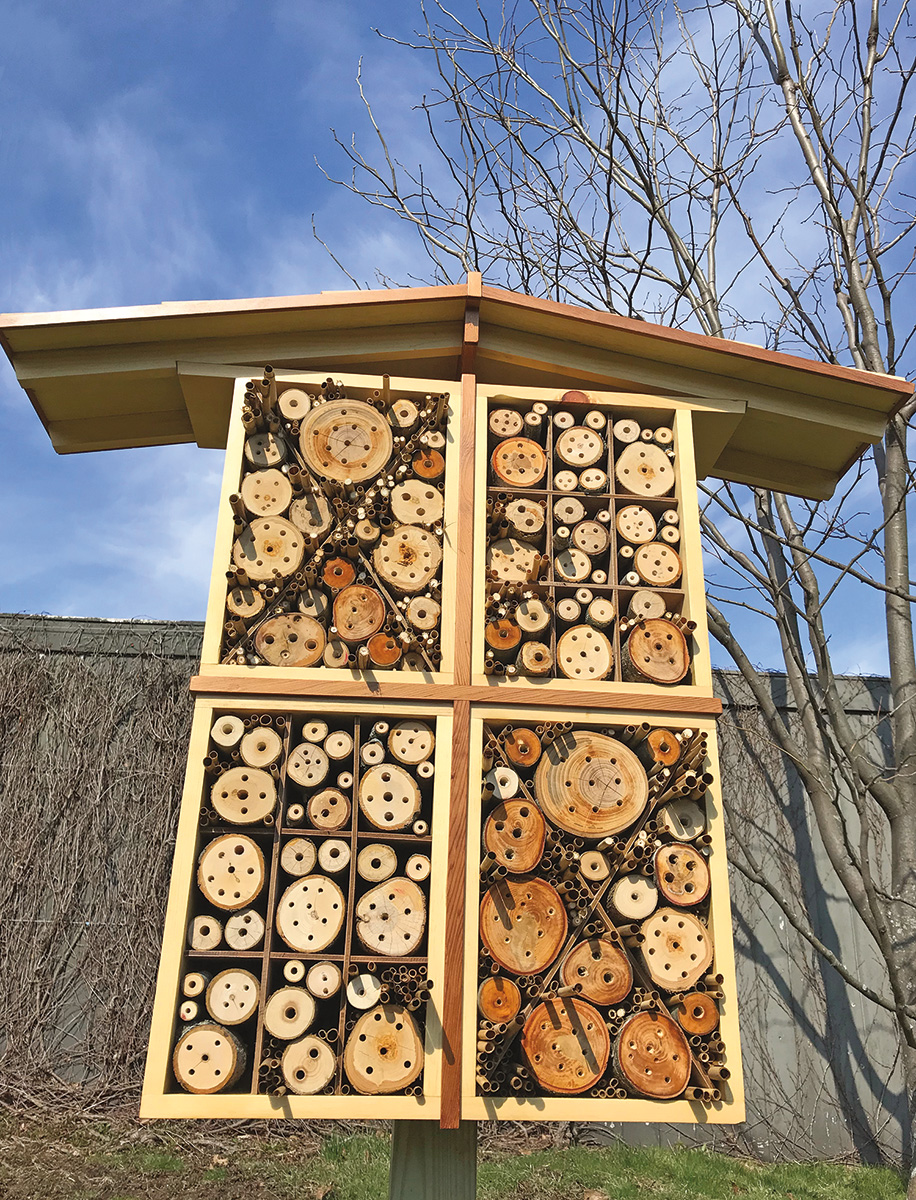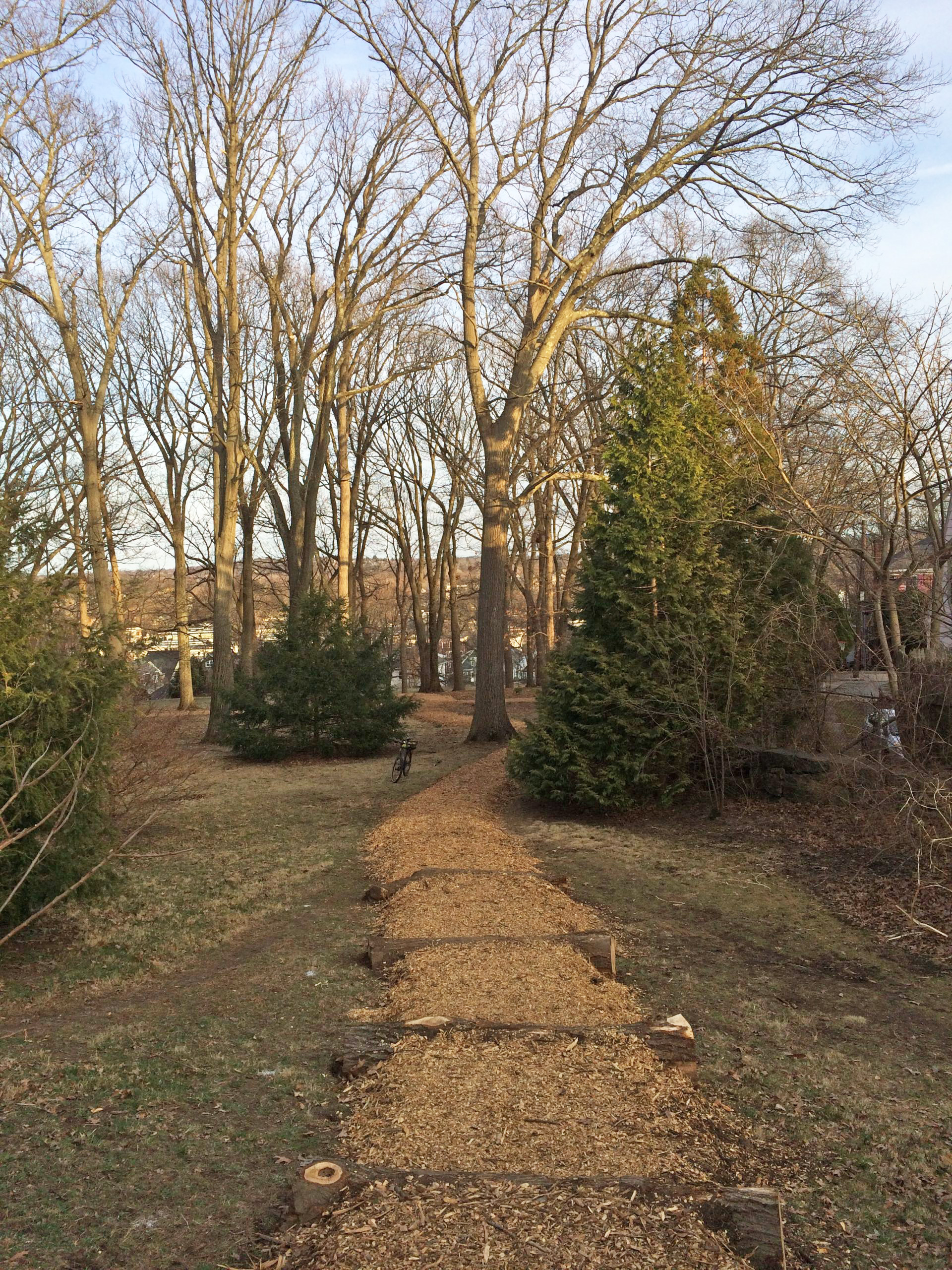
Urbanization and climate change disrupt the local ecosystems of urban environments. The threat of global change to insect and wildlife populations is compounded by habitat destruction and fragmentation. Declines in pollinators and other insects have adverse effects for the plants in urban areas. While the Arboretum’s mission focuses primarily on the cultivation and protection of woody plants, we also steward 281 acres of local ecosystems and the biodiversity that they support.
The Arnold Arboretum is a sanctuary for organisms facing the effects of global change in the Boston area. As a human-created garden in an urban environment, we steward a wide variety of diverse habitats. To maintain the health and diversity of these habitats, our horticulture staff augments the Arboretum’s ecosystems with a variety of locally-sourced herbaceous species. Low-impact maintenance regimes and managed meadows encourage the growth of spontaneous native vegetation.
The installation of nest boxes and other constructed habitats across our landscape help support bird and insect populations. The volunteers of our NestWatch program help us to monitor and understand wildlife activity. A recent research collaboration with Tufts University revealed the presence of six bat species on the Arboretum grounds. Our adaptive pest management strategy focuses on plant and ecosystem health, avoiding pesticides whenever possible. Mulched pathways across our landscape reduce damage to plants and local ecosystems. These and other horticultural strategies focus on understanding and protecting the local ecosystems of our urban environment.
Promoting Native Biodiversity
Beyond growing trees, we are concerned with encouraging native biodiversity and specifically addressing local insect declines. Promoting native biodiversity increases ecosystem productivity and creates a resilient and beautiful landscape. The areas of our landscape in which we promote native biodiversity have attracted organisms and increased the health of the Arboretum as an urban environment
In some areas of the landscape we have reduced mowing to encourage the growth of spontaneous vegetation like native perennials and grasses. Our selection of locally-sourced plantings for some of these areas creates healthy herbaceous layers, comprising plants adapted to our area and attractive to a range of pollinators. The plantings in Kent Field meadow, for example, have attracted monarch butterflies, bats, and great horned owls to name a few.
Our solar pollinator meadow at Weld Hill is the first of its kind in the state of Massachusetts. The meadow comprises dozens of native herbaceous species, sourced and collected from local conservation areas and state parks. These plant communities support a variety of pollinator species living directly below solar panels that generate 30 percent of the electricity used by the Weld Hill Research and Education Building.




Related Projects







